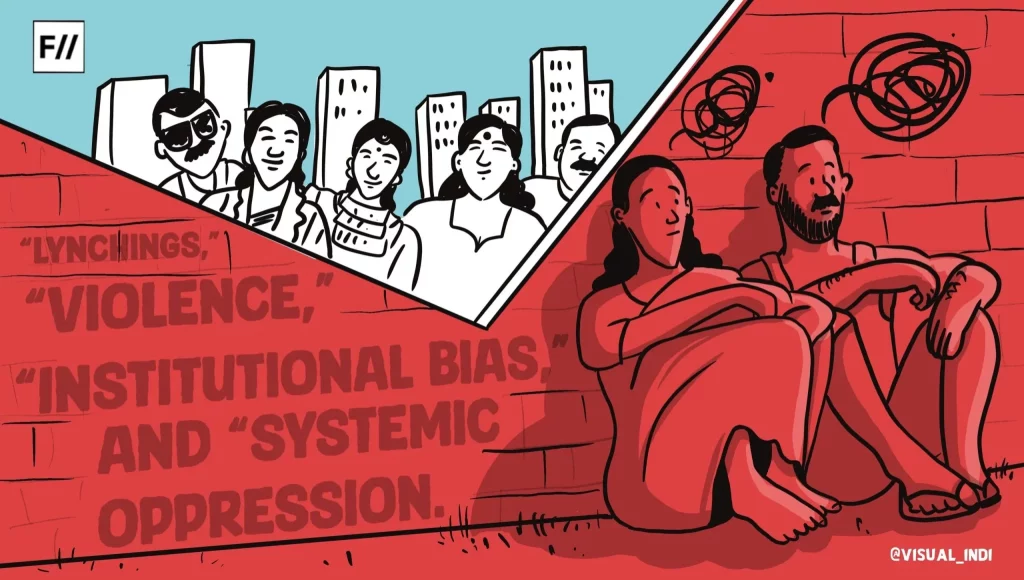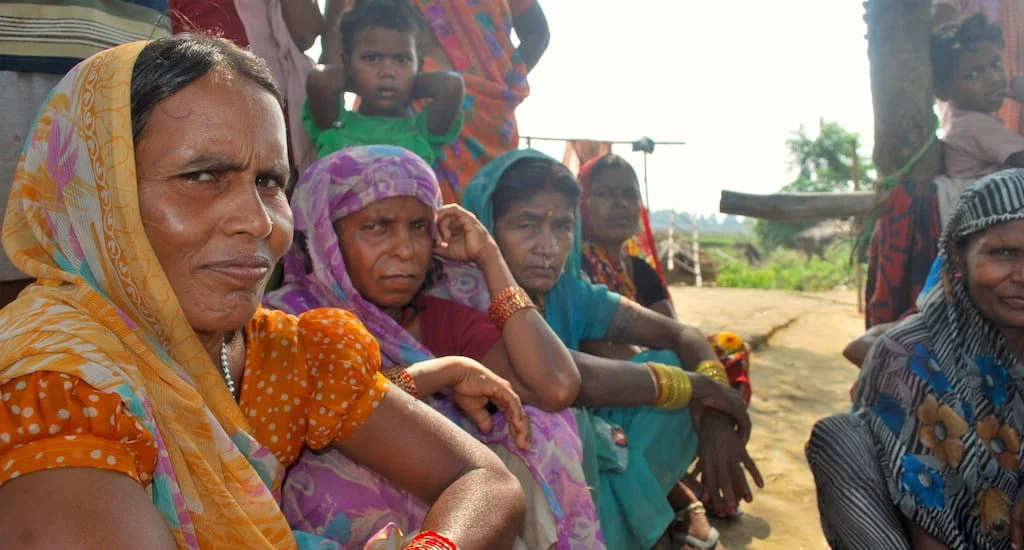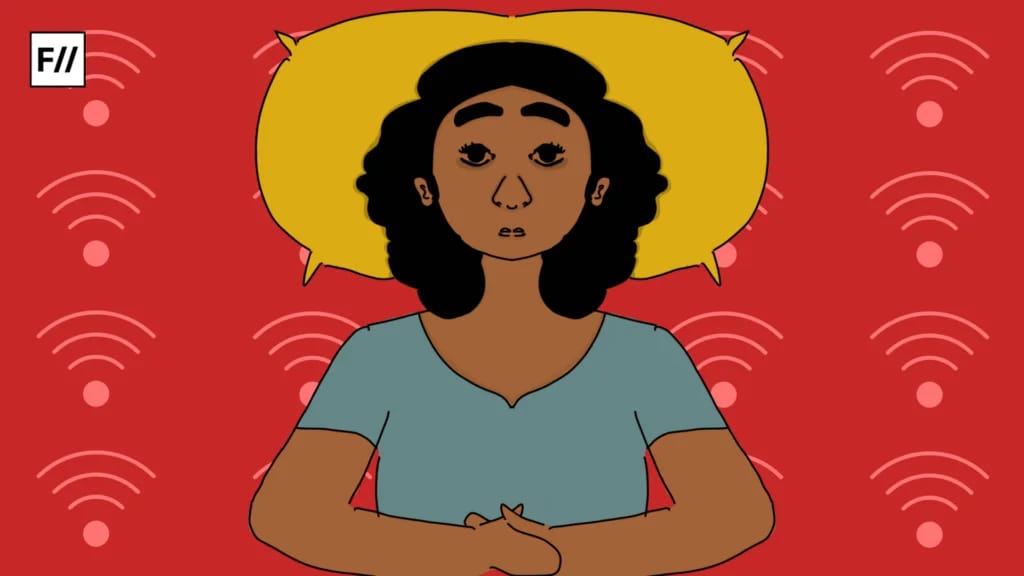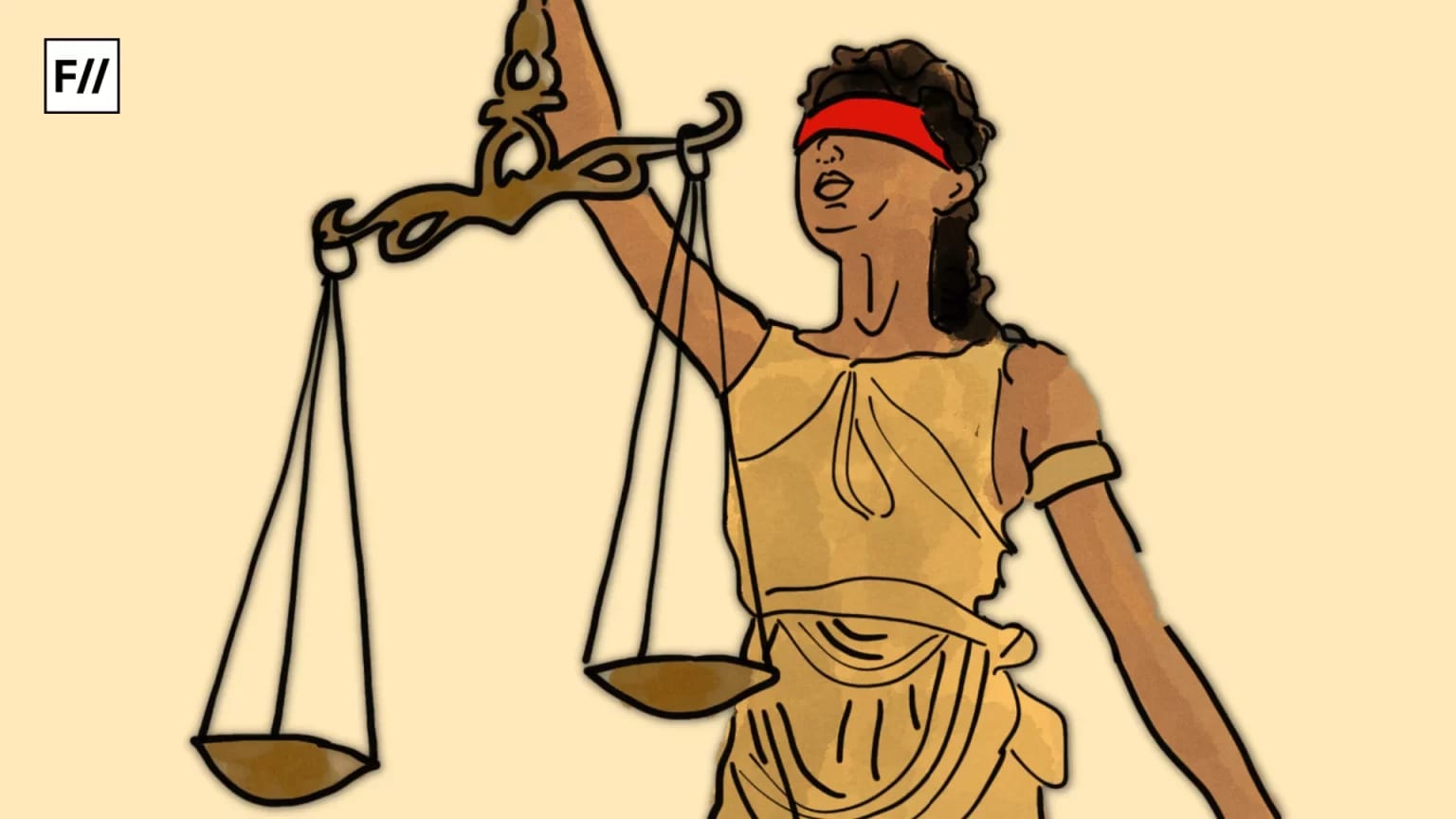In 2001, 28 people with mental illness, chained to poles and thus unable to escape, were burnt to death as fire broke out at a faith-based, unregulated and abusive mental health institution in Erwady, Tamil Nadu. The incident sparked national interest in the care of people with mental illness, with the Supreme Court of India intervening by ordering state-level reforms. The Erwady tragedy was not an isolated event. In the following years, despite policy regulations after the ratification of the UNCRPD in 2006, multiple investigations revealed systemic violations and gaps in mental health care. In 2014, a Human Rights Watch report highlighted women’s experiences of being physically, emotionally, and sexually abused in 24 state-run mental healthcare facilities across India. Later, despite the introduction of the Mental Healthcare Act 2017, over 1,000 people with mental illness were found shackled in a pseudo mental health institution in Badaun, Uttar Pradesh. Recently, the National Human Rights Commission of India published a press release highlighting the deplorable state of 46 government-run mental health institutions due to human rights violations.
Institutionalised mental health perpetuates stigma due to its harmful practices of social exclusion, abuse, and violence and often disproportionately affects the women from the marginalised sections.
In light of such reports, institutionalised mental health care has been criticised globally. There is a growing recognition of how institutionalisation perpetuates stigma due to its harmful practices of social exclusion, abuse, and violence and often disproportionately affects the women from the marginalised sections. In this context, various stakeholders in the sector are now advocating for community mental health programmes (CMHPs). Positioned as an alternative to dehumanising institutionalised psychiatric practice, CMHPs promise to make services more humane, accessible and affordable.
Defining community-based mental health
India’s community psychiatry movement, characterised both by informal initiatives such as family encampments outside main hospital buildings and formal interventions including but not limited to community clinics at primary health centres (PHCs) and the training of multipurpose health workers, arose in the 1950s. In 1982, this movement led to the emergence of the National Mental Health Programme (NMHP), rooted in the principles of community psychiatry.

More recently, the Government of India has integrated psychiatric care into its “Ayushman Arogya Mandirs”, where patients can expect to receive basic counselling and psychiatric medication at the PHC level. General physicians at these Ayushman Arogya Mandirs have also been trained to handle mild-to-moderate mental health conditions. According to the Ministry of Health and Family Welfare, this intervention reduces the “dependence on specialised hospitals… making psychiatric care more community-centric”.
There is a growing recognition of how institutionalised mental health perpetuates stigma due to its harmful practices of social exclusion, abuse, and violence and often disproportionately affects the women from the marginalised sections.
Outside of the state, institutions across India have introduced and experimented with CMHPs. A recent example is IIT Kharagpur’s controversial ‘Campus Mothers’ programme, wherein women on campus (staff and students alike) can volunteer to receive training in counselling and thereafter provide emotional support and mentorship to students in distress.
NGOs and other mental health collectives have also transitioned from individualised therapies to CMHPs, often funded by foundations and trusts based in the Global North. The Banyan Chennai’s Nalam (meaning wellbeing in Tamil) programme, for instance, combines clinical interventions with social entitlements and local community-level alliances. The organisation recruits and trains grassroots mobilisers from scheduled, backward, and most backward castes to support those experiencing subclinical distress through counselling and social welfare entitlement services. In a recent report, The Banyan identified caste hierarchy as one of the major challenges inhibiting access to social welfare.
Utilised by state actors, NGOs, and collectives alike, the word “community” has become a universal or ‘motherhood’ term. That is to say, much like the words “participatory”, “grassroots”, or “inclusive”, the catch-all concept of “community” has been uncritically applied to a wide-ranging array of welfare and development programmes. It is often presumed or taken for granted that projects defined as “community-based” are inherently good for the groups they target. Indeed, in the contemporary landscape, few projects that are not described as “community-based” receive funding.
Commonly, a community is understood as a group of people who share mutual characteristics, attitudes, and/or interests. However, as the examples above illustrate, the term “community” is strategically defined and manoeuvred by various stakeholders to flexibly suit the unique circumstances of each intervention; the word can act as a placeholder for any project somewhat evidenced as involving a group of people, regardless of whether they do in fact share common characteristics or values. While the vague character of the term can be useful for feminist and anti-hegemonic organisations who may find it safer to operate under more generalised labels, protecting against backlash in highly unstable and dangerous sociopolitical contexts, its all-encompassing nature also provides a stage for further stratification, disenfranchising groups who already experience marginality. The case study below provides an example and a deeper analysis of these harms.
Case study – pain and palliative clinics in Kerala
In Kerala’s pain and palliative clinics (PPCs), volunteers from the local community design and deliver services through the community-based neighbourhood network in palliative care. With home care at the centre of this participatory movement, the programme addresses the social problems of individuals experiencing chronic medical conditions, thus going beyond institutionalised biomedical approaches. However, following collaboration with a mental health NGO to use PPCs to deliver mental health care services, the programme changed considerably.
The catch-all concept of “community” has been uncritically applied to a wide-ranging array of welfare and development programmes. It is often presumed or taken for granted that projects defined as “community-based” are inherently good for the groups they target.
Although PPCs previously offered services to all, believing that suffering cuts across divisions, the NGO’s intervention of scaling up to address mental health needs limited resources and capacity. Thus, services were offered only to people who met the criteria of categories such as low socio-economic status and severe mental illness. Community volunteers began offering “treatment” which more closely aligned with biomedical approaches. In particular, the programme soon made medication mandatory.
Sidelining local ways of knowing by substituting them with a complete reliance on medication, the NGO disrupted the original principles of Kerala’s PPCs. This co-option exemplifies how projects packaged under the label of “community” can actively harm the groups they claim to support, reifying structural hegemonies (in this case, of biopsychiatric knowledge) onto “service users” rather than abolishing hierarchies and honouring the agency of individuals.
The case for a critical analysis of “community”
In India’s mental health sector, the implementation of CMHPs has become the mechanism through which the state can transfer its responsibilities to the local level, minimising its expenditure on mental health programmes and institutions that should provide safe, trauma-informed care for all. As Shoib et al. note, while the Government of India has increased its overall expenditure on healthcare in the 2025-2026 Union Budget, only 1.05 per cent is allocated towards mental health care. This is a persistent critique of CMHPs, wherein the state’s duty of care is relocated onto an overworked third sector, underfunding critical mental health interventions in state-run and/or institutionalised mental health.
Commonly, a community is understood as a group of people who share mutual characteristics, attitudes, and/or interests. However, as the examples above illustrate, the term “community” is strategically defined and manoeuvred by various stakeholders to flexibly suit the unique circumstances of each intervention; the word can act as a placeholder for any project somewhat evidenced as involving a group of people, regardless of whether they do in fact share common characteristics or values.
However, in an environment where the state provision of healthcare antagonises scientific expertise and is increasingly fractious, alienating oppressed caste groups or Muslims who face discrimination and humiliation when accessing medical services, a reassessment of CMHPs is not merely a call for a return to government-operated mental health care. Instead, the use, application, and impact analysis of CMHPs must be nuanced and intersectional in order to meaningfully understand which specific “communities”—and which individuals within these groups—benefit from community-based interventions, especially when their implementation has only led to “minimal improvements” at the ground level.
In the current state of affairs, CMHPs tend to manage the site of the community instead of facilitating relational care amongst its members. Aligning with asylum logics of isolating the mad and deviant away from society within an institution, CMHPs extend this logic by trying to contain madness at its site through the use of psychiatrised knowledge. With global discourse erasing local realities, CMHPs then become a site of epistemic violence as local meanings of suffering are devalued and systemic distress is labelled with diagnostic categories. Therefore, rather than assuming the efficacy of CMHPs simply because they wear the label of “community”, a fresh and critical look at these initiatives can help more accurately identify the factors leading to better mental health outcomes in material terms, for which groups, and under what specific conditions.
In India’s mental health laws and regulations, such as the Rights of Persons with Disability Act 2016 and the MHA 2017, the term “community” is assumed to be a participatory, inclusive, and supportive space, often considered as an alternative to long-term institutionalisation. Instead of looking at the community neutrally, there is a need to situate them in their social and political contexts. CMHPs have the radical potential to transform the delivery of mental health support; however, their design and implementation must be carefully considered to avoid the reification of existing hierarchies and structural divisions in the name of “community”.






